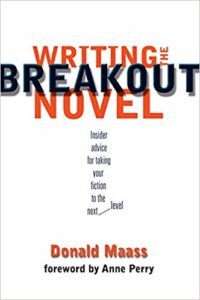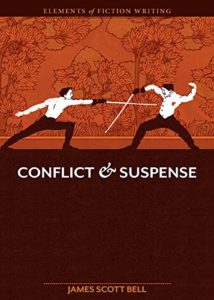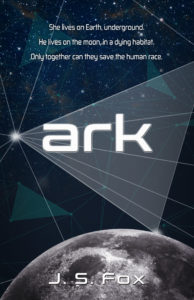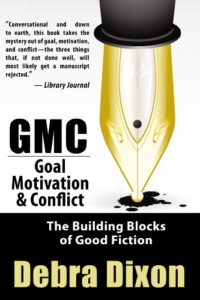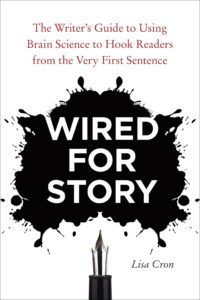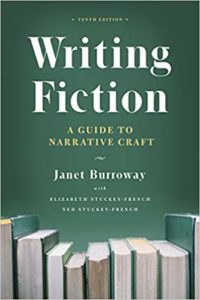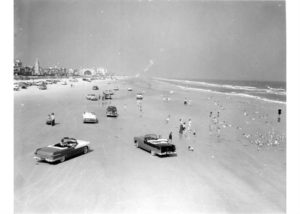Last week I wrote about how artists struggle to work in the face of something terrible like this global pandemic. This week I want to write about a broader artistic issue. And don’t worry, I’ll get back to the minutiae of craft soon! But the world feels too…big right now. So please forgive my “big” talks.
Making Purpose-Driven Art
Artists need to make art that will make people think – think about these disparities, think about the astonishing lack of governance from our national leaders, think about this economic division that has been a long time coming and we haven’t fixed it. We need to make art that will make people feel – feel empathy, feel guilt, feel motivation.
We need to make art that will shake the very ground on which we stand.
Here’s Eric Clapton to listen to while you read the rest:
The Generous Spirit
Writing from a place of emotion and empathy – making purpose-driven art – requires that we artists walk the walk.
I’ve been reading Twyla Tharp’s The Creative Habit, and she talks about all manner of things but this one struck me. In her list of creative exercises/how-tos is one called “How to Be Lucky”. And her answer is, be generous. It struck me because all of the “lucky” talented people I know – the ones who have made the best seller lists, found the right agents, reached audiences – the ones that many aspiring artists look up to – are truly, deeply generous.
By that Ms. Tharp means, when you are giving of your creative self, you are giving away good fortune. You are manifesting good karma. And good karma has a way of ricocheting back to the benefactor.
Mind you, I’m not suggesting that artists sacrifice their income by giving away hours of hard work and thoughtful effort. We all need to live in this world. I do school visits and I coach writers to supplement my income, as do so many colleagues. The kind of generosity Ms. Tharp is talking about (and I hope I can relate this truly) lies in the small moments. Directing someone to an article that speaks to their craft issue. Looking a child in the eyes and smiling and engaging as they hand you a book to sign. Being there for a colleague who needs encouragement or boosting. Small moments that add up to big movements.
I think what Ms. Tharp is talking about is kindness.
An Empathy Movement
There’s a lot going on today in the world that sucks away kindness. We are a world divided on many issues, some all too real, some wildly misguided. As artists we can have a role in changing the world.
I think the world has never been more fragile.
…i.e., the world has never been more ripe for change.
Art is powerful. By reaching into deep emotions – by building story lines that raise questions – by creating purpose-driven art – yes, we artists can make a difference.
An empathy movement is one in which we, artists, open the doors to reflection. We set choices before our audiences and let them decide. We create safe spaces for audiences to enter that allow them to examine themselves and societal constructs, without condemnation or evaluation.
An empathy movement has the power to go the distance.
An empathy movement also connects artists to one another, and I think that’s one of the best things that I’ve observed happening in the face of this current crisis – artists coming together to support one another and the world at large.
If you are struggling, I hope you will reach out. I hope you will find comfort. I hope you will be able to work – especially, to work, because we need your work – and to live.
For, all of us together, we artists, we generous and kind spirits, we have the power to change the world.
*With credit to Eric Clapton.


